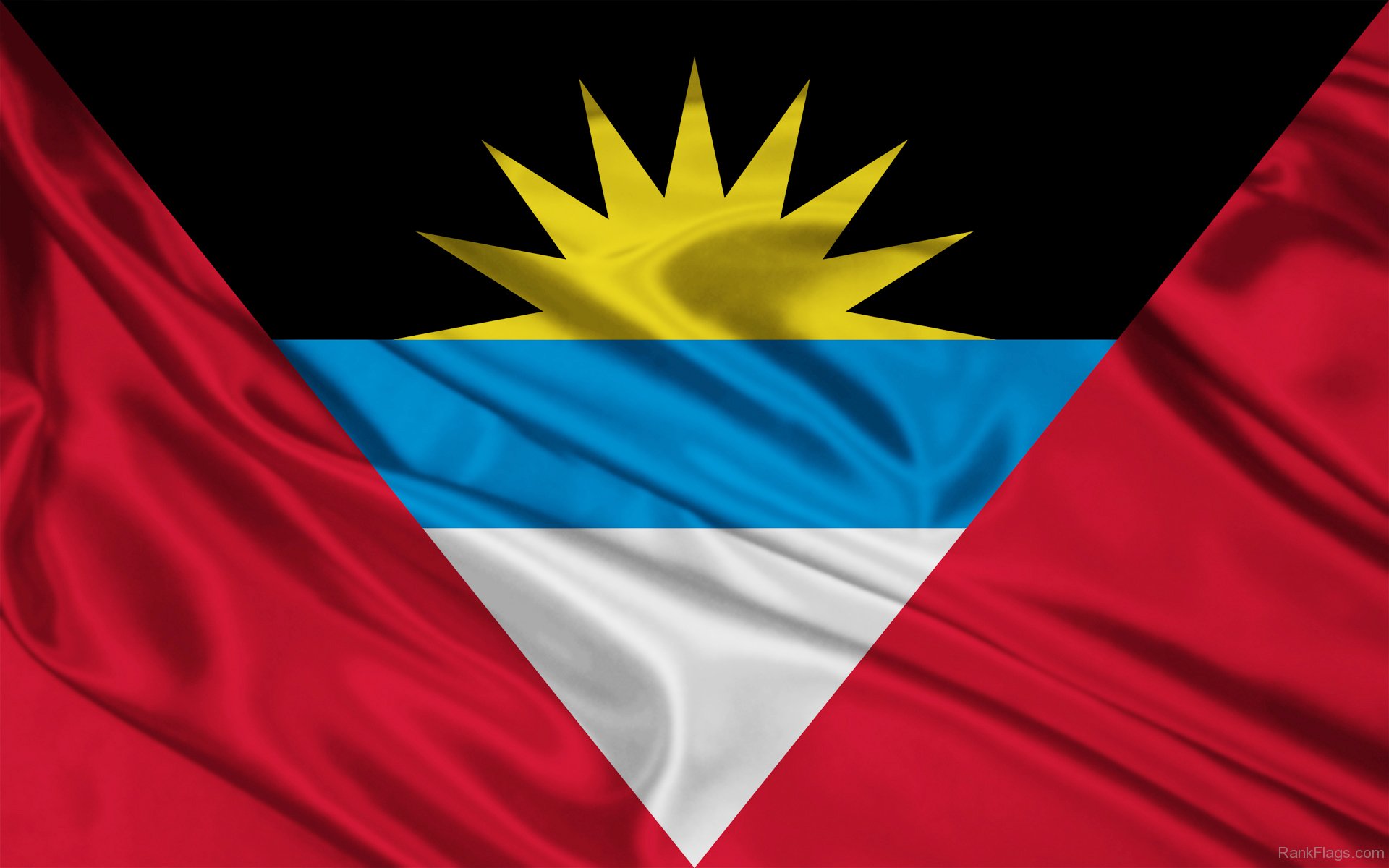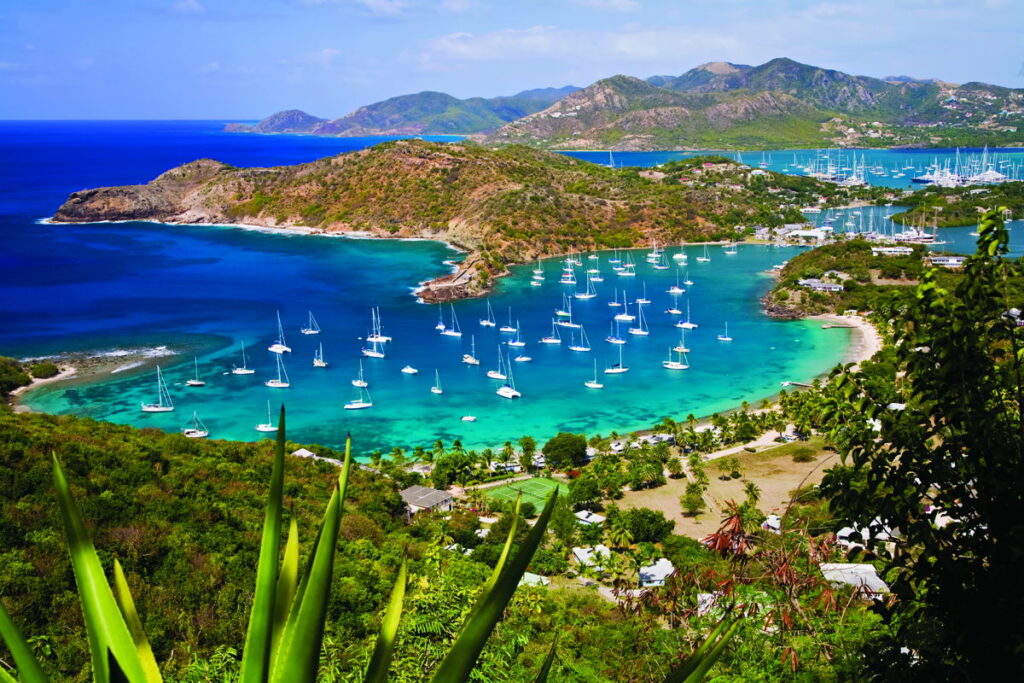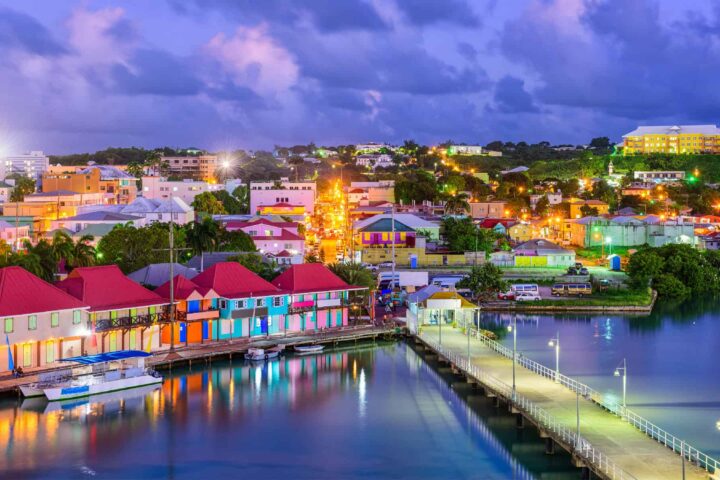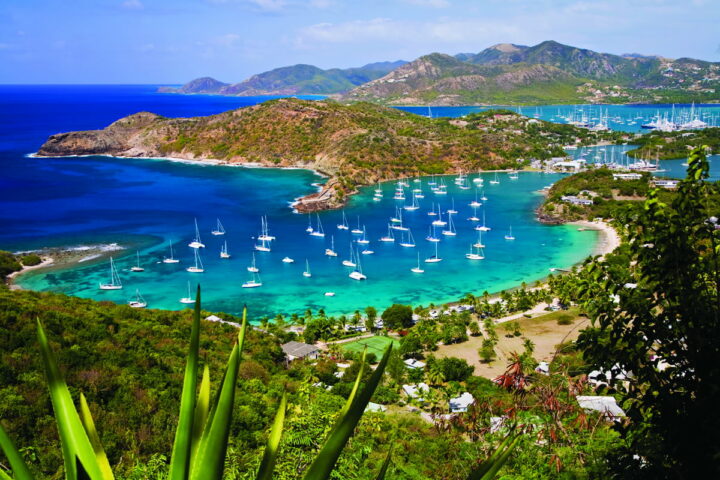Introduction to the Antigua and Barbuda Flag
The flag of Antigua and Barbuda is a powerful symbol of the nation’s heritage, independence, and identity. Designed with meaningful elements and vibrant colours, it encapsulates the history, culture, and aspirations of the people of Antigua and Barbuda. This guide delves into the details of the flag’s design, its symbolic meanings, and some interesting facts about its history.
Design and Description of the Antigua and Barbuda Flag
The flag of Antigua and Barbuda consists of several distinct elements:
- Black Isosceles Triangle: A large black triangle at the top, spanning from the base of the flag to its apex.
- Sun with Rising Rays: Inside the triangle, a golden sun with seven rays rises.
- Red Triangular Field: Two red triangles at the bottom corners form the lower half of the flag.
- Blue and White Stripes: Below the black triangle and the sun, a horizontal blue stripe and a white stripe complete the design.
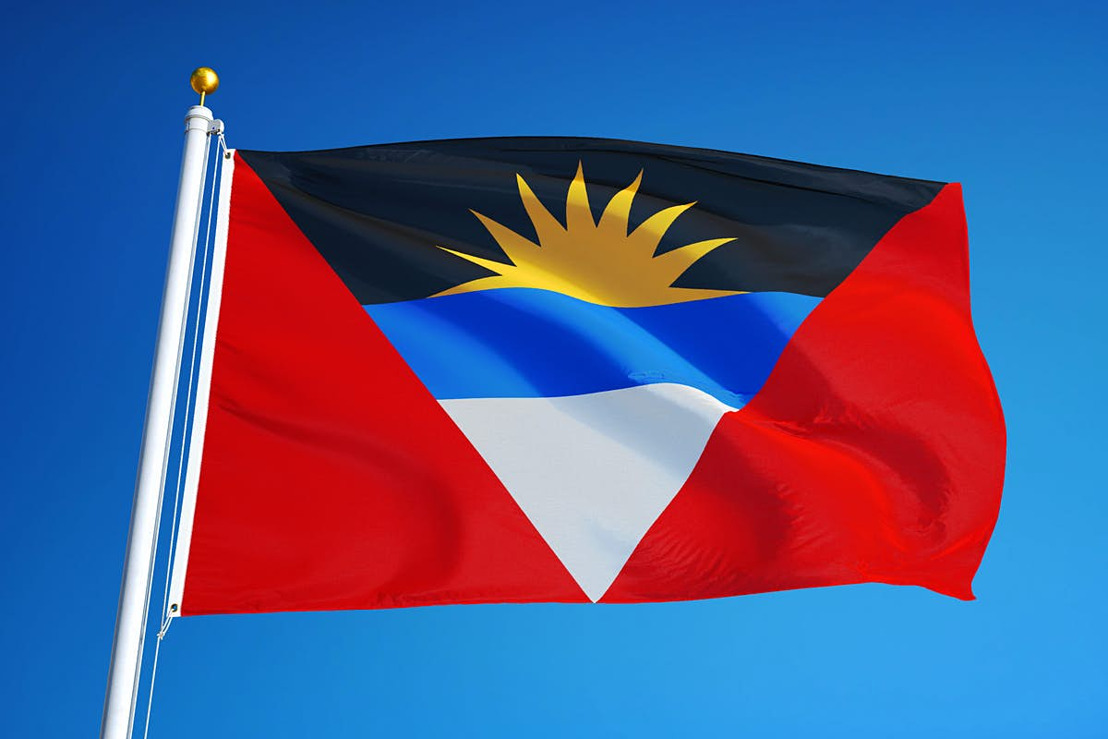
Symbolism of the Antigua and Barbuda Flag
Each element and colour on the flag holds specific significance:
- Black Triangle: Represents the African heritage of many Antiguans and Barbudans, as well as the soil.
- Golden Sun: Symbolises a new era, hope, and the dawning of a bright future.
- Red Triangles: Stand for the dynamism and the endurance of the people of Antigua and Barbuda.
- Blue Stripe: Represents the Caribbean Sea surrounding the islands.
- White Stripe: Symbolises the beaches and the purity of the nation’s ambitions.
Fun and Interesting Facts about the Antigua and Barbuda Flag
- The flag was designed in 1966 by Sir Reginald Samuel, an Antiguan teacher and artist, who won a national competition just before Antigua and Barbuda achieved statehood in association with the United Kingdom.
- The sun with seven rays symbolises the dawn of a new beginning and the hope for future generations.
- The flag’s design cleverly integrates aspects of the natural environment, cultural heritage, and aspirations for the future into a single, cohesive symbol.
Commonly Asked Questions about the Antigua and Barbuda Flag
When was the Antigua and Barbuda flag adopted?
The Antigua and Barbuda flag was officially adopted on February 27, 1967, when the country became a state in association with the United Kingdom.
Who designed the Antigua and Barbuda flag?
The flag was designed by Sir Reginald Samuel, an artist and teacher from Antigua, who won a national competition with his design.
What do the colours of the Antigua and Barbuda flag represent?
The black represents African heritage and soil, the gold sun signifies hope and a new era, the red stands for the people’s energy and endurance, the blue represents the Caribbean Sea, and the white symbolises the beaches and purity of aspirations.
Why is the sun important in the flag’s design?
The sun is a symbol of a new beginning and the bright future that lies ahead for Antigua and Barbuda. Its rising rays illustrate the dawn of a new day and new opportunities.
What makes the Antigua and Barbuda flag unique?
The flag’s design is unique in its combination of elements that reflect the nation’s physical environment, cultural heritage, and optimistic outlook, all arranged in a visually striking and meaningful composition.
How is the flag used in national celebrations?
The flag is prominently displayed during national holidays such as Independence Day on November 1st, and it is flown at government buildings, schools, and during public events to celebrate national pride and unity.
What other symbols are associated with Antigua and Barbuda?
Other national symbols include the Coat of Arms, the national bird (the frigate bird), and the national flower (the dagger log). Each of these symbols represents important aspects of the country’s heritage and natural beauty.
What does the flag of Antigua and Barbuda mean?
The flag of Antigua and Barbuda symbolises the nation’s African heritage (black), the sun representing a new era (gold), hope and prosperity (blue and white), and the dynamism and endurance of its people (red).
What is the national bird of Antigua?
The national bird of Antigua is the Magnificent Frigatebird, known for its striking appearance and impressive wingspan.
What is the national flower of Antigua?
The national flower of Antigua is the Agave karatto, commonly known as the dagger log, which blooms spectacularly in the arid conditions of the islands.
What is the national dish of Antigua?
The national dish of Antigua is “ducana and saltfish,” which features sweet potato dumplings served with seasoned salted codfish and a spicy tomato-based sauce.
What is the national fruit of Antigua?
The national fruit of Antigua is the black pineapple, renowned for its exceptionally sweet taste and unique appearance.
What is the main religion in Antigua?
The main religion in Antigua is Christianity, with the majority of the population adhering to various denominations, including Anglican, Methodist, and Roman Catholic.
What is Antigua best known for?
Antigua is best known for its stunning beaches—365 in total, one for each day of the year—as well as its rich maritime history and vibrant culture.
What is the national tree of Antigua?
The national tree of Antigua is the Whitewood tree (Tabebuia heterophylla), appreciated for its resilience and beautiful pink or white flowers.
What is the main crop of Antigua?
The main crop of Antigua is sugarcane, historically significant and a major part of the island’s agricultural economy.
What is Antigua also known as?
Antigua is also known as “Wadadli,” a name that comes from the island’s indigenous Arawak name, which means “our own.”
What is the nickname of Antigua?
Antigua’s nickname is “Land of 365 Beaches,” highlighting its numerous pristine beaches that attract visitors from around the world.
- Turkey Flag and Meaning - July 18, 2024
- Turkey Holidays - July 17, 2024
- Armenia Major Trade Partners - July 15, 2024

